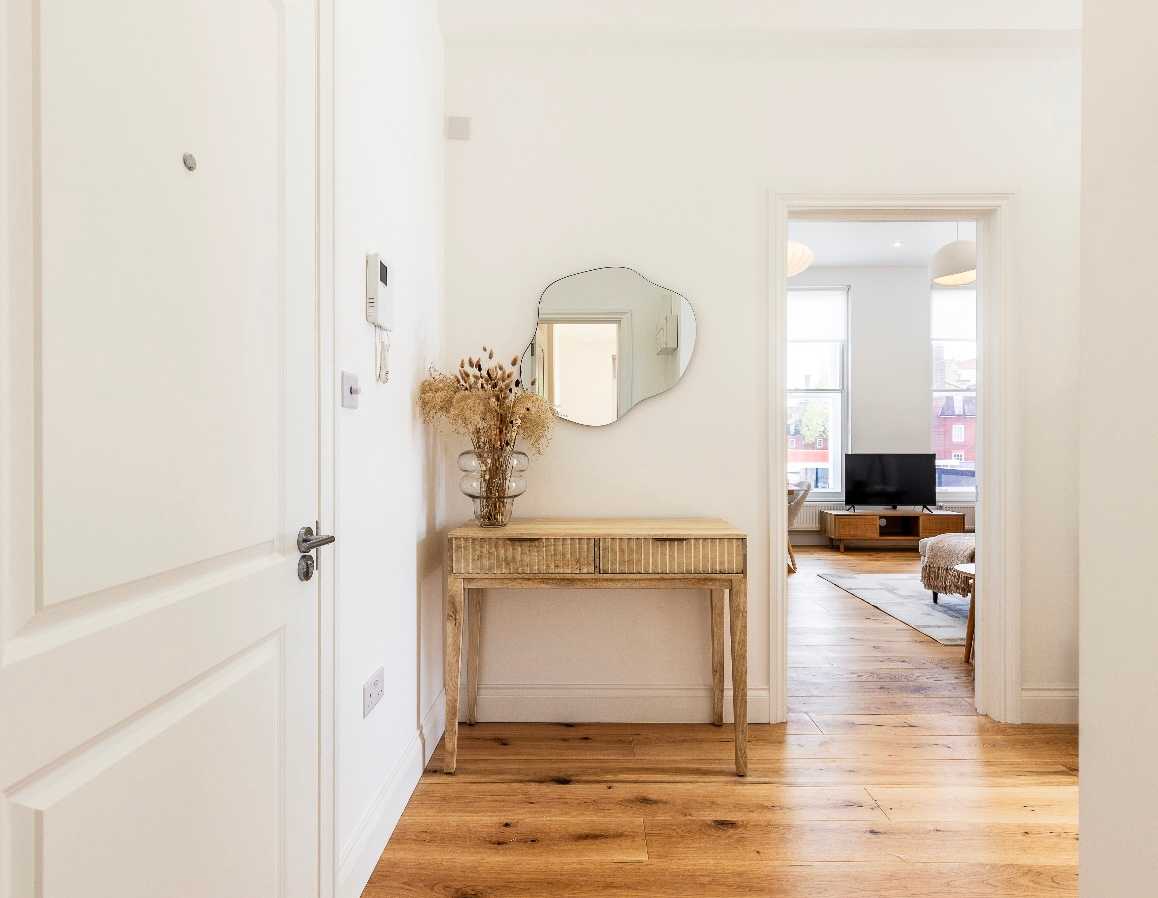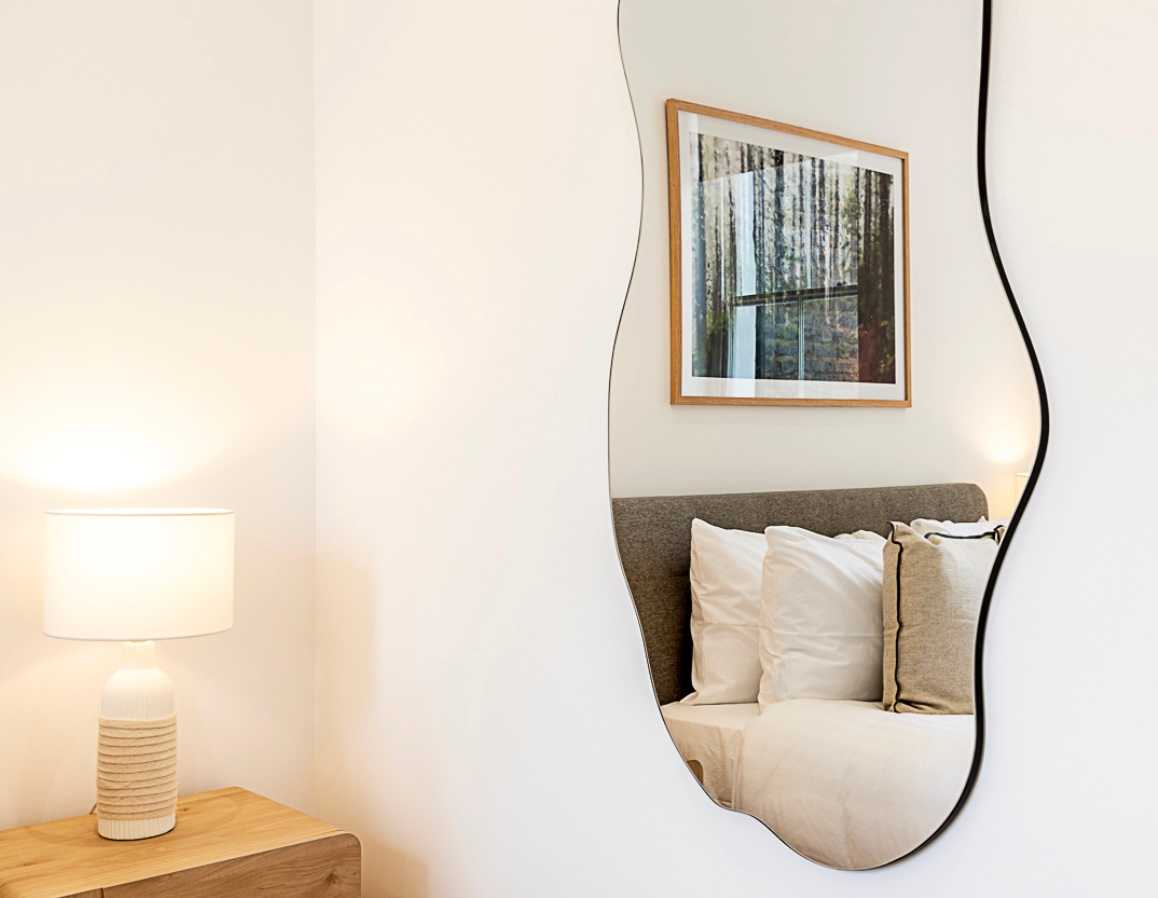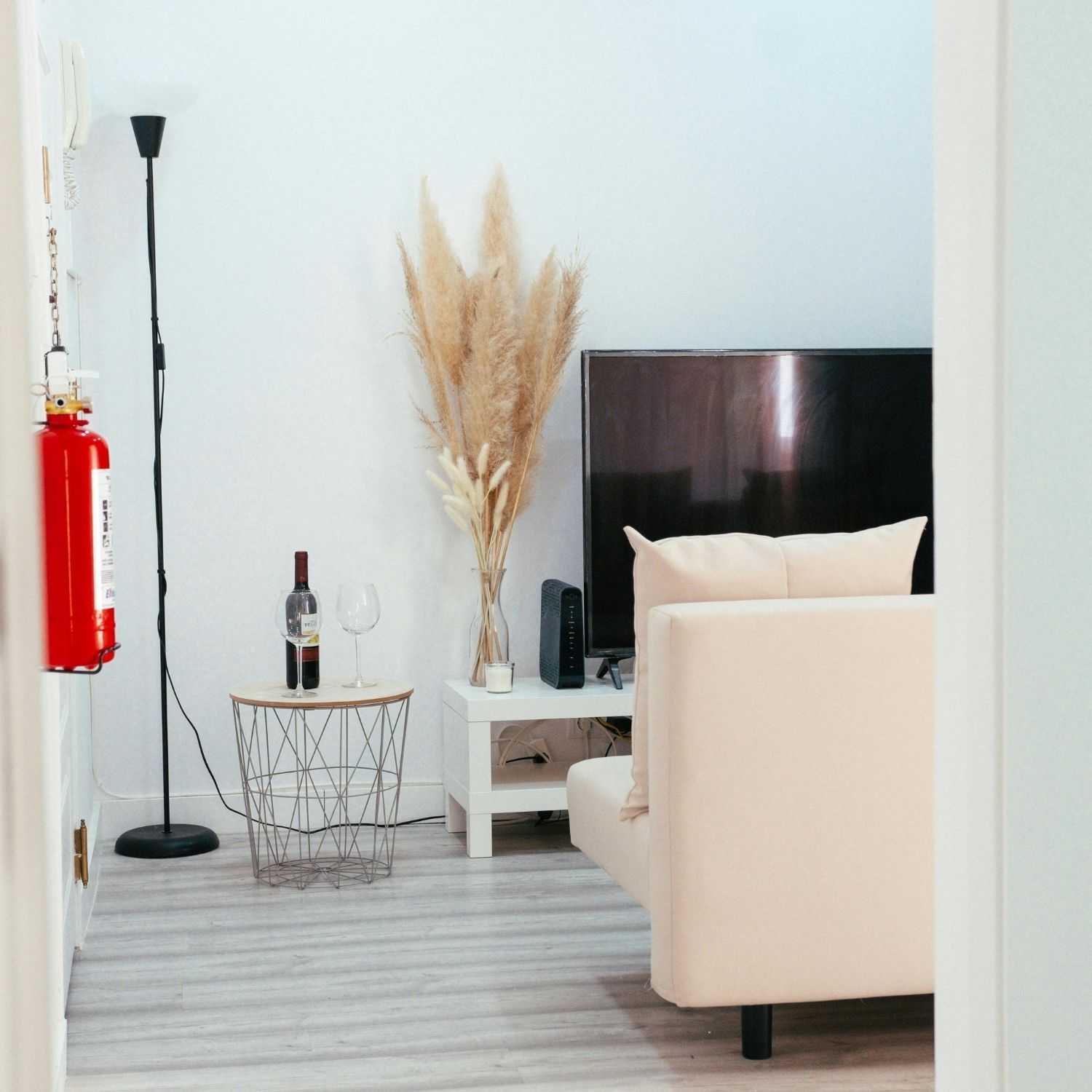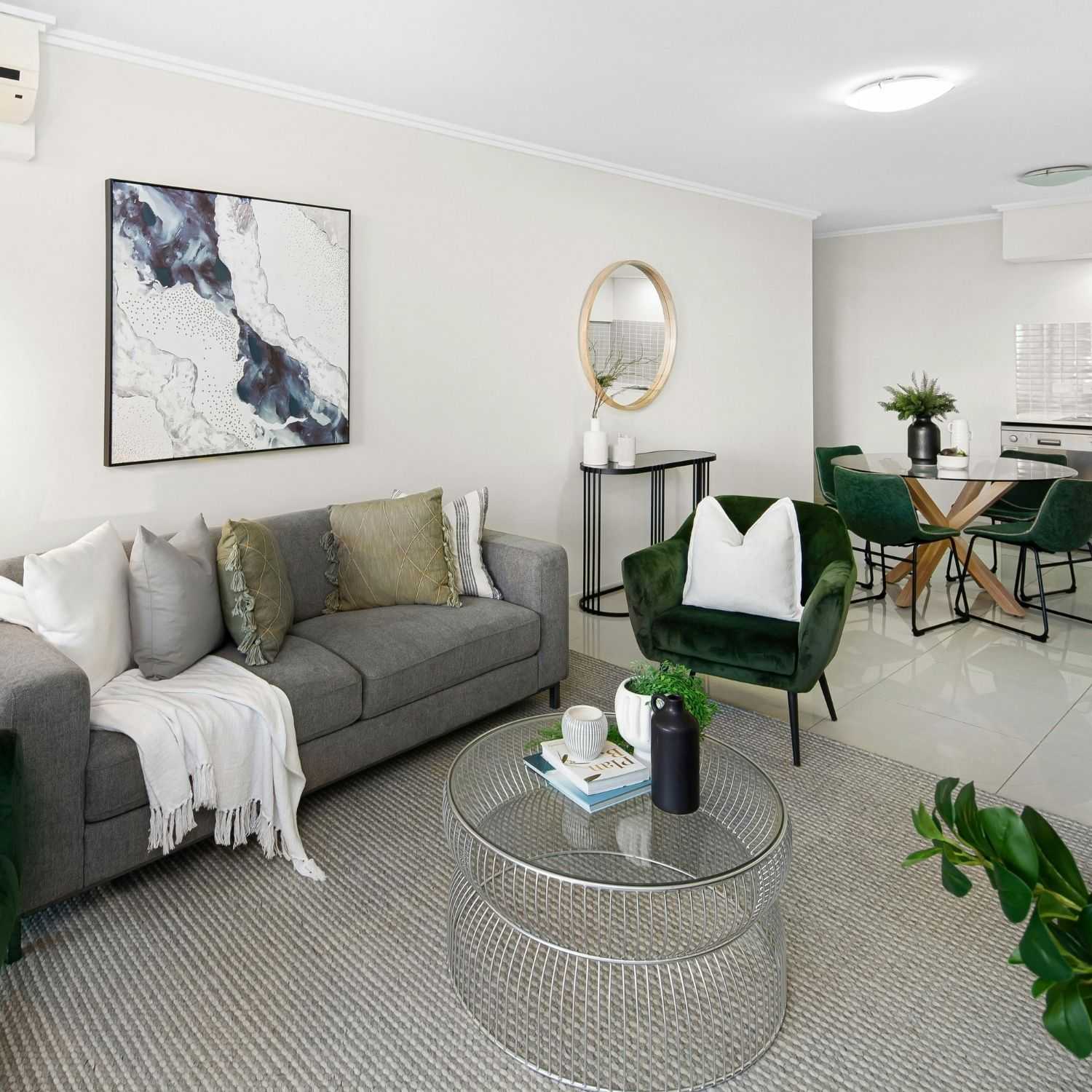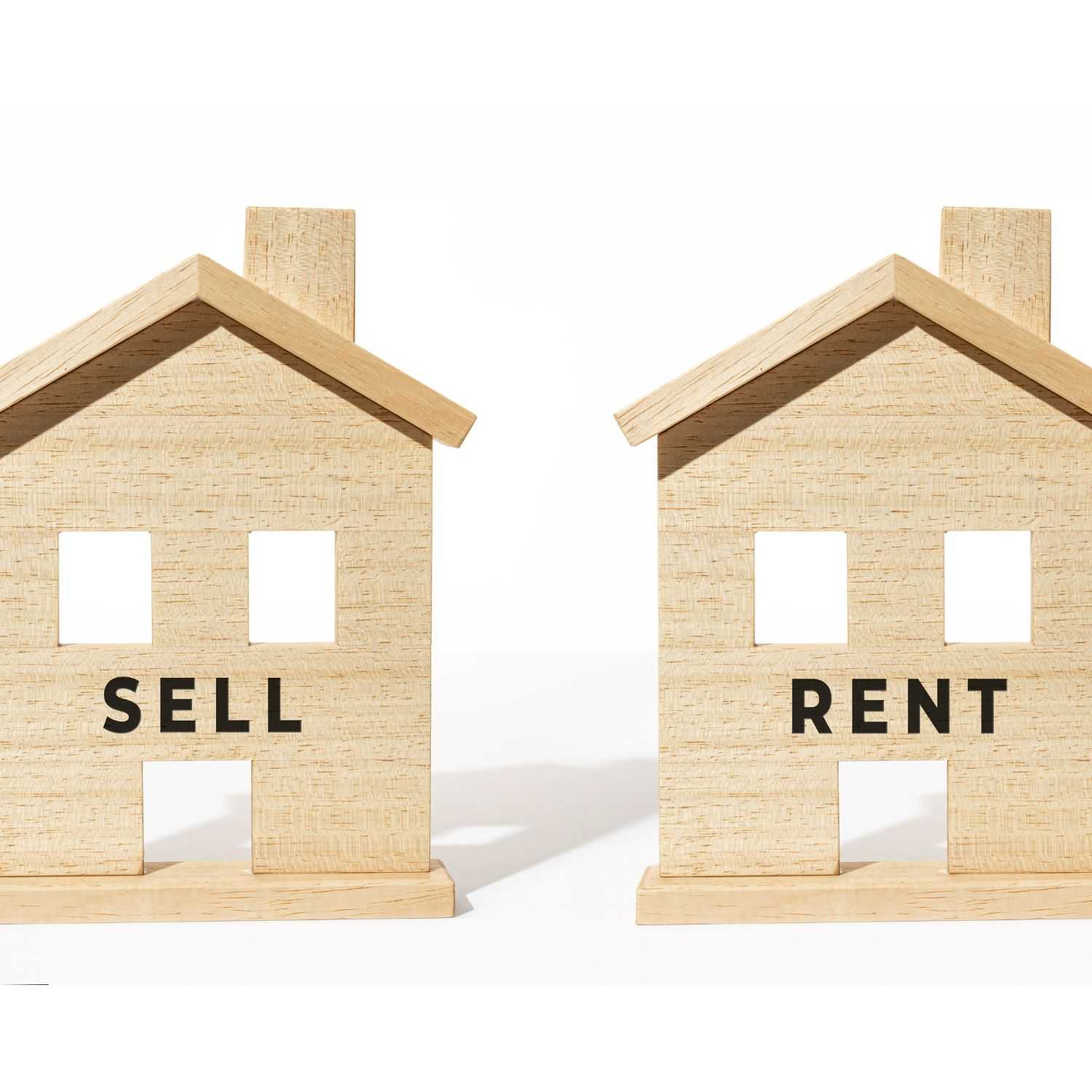Share
In October 2015, the Government introduced ‘The Smoke and Carbon Monoxide Alarm regulations’ for the private rental sector in England. These rules were put in place to improve fire safety, after an increase in the number of fatal fires within the sector.
As with other regulations for the private rental sector, there can be fines of up to £5,000 for private landlords who don’t fall into line with laws introduced.
What is included within the regulations?
‘The Smoke and Carbon Monoxide Alarm regulations’ covers most tenancy agreements, even if the tenant only rents part of the property. Some tenancies are exempt including those tenancies where there is a live-in landlord.
The regulations state clearly that landlords need to:
- have at least one smoke alarm installed on every storey of their rental property
- Install a carbon monoxide alarm in any room containing a solid fuel burning appliance (eg a coal fire, wood burning stove). Heat detectors are not a replacement for smoke alarms.
- the landlord must make sure the alarms are in working order at the start of each new tenancy.
After the landlord’s test on the first day of the tenancy, the responsibility for testing and maintaining the safety alarms now rests with the tenant. It is recommended that tenants are reminded by the landlord to regularly test their alarms, on a monthly basis if possible. In the event that any alarm fails a test, the tenant must immediately inform their landlord to secure a solution – whether this is simply changing the batteries, hiring a expert to take a look, or replacing the whole alarm itself.
Is there any installation advice for these safety alarms?
The regulations provided by the Government do not include the type of alarms that must be installed, and leave this as an ‘informed decision’ that a landlord needs to make. For those landlords who are unfamiliar with fire safety, the general advice is:
- Smoke alarms should be fixed to the ceiling where air is likely to be circulating.
- Smoke alarms need to be fitted on each storey of the rental property, placed in a position where the alarm can be heard by everyone on that storey when activated
- A hard-wired alarm should be purchased, so that you do not need to rely on battery power.
- If a battery powered alarm is used, ensure a model with a 10-year battery life is installed
- Carbon monoxide alarms arms should be positioned at head height, approximately 1-3 metres away from the source
Are there any additional fire regulations?
Yes. ‘The Smoke and Carbon Monoxide Alarm regulations’ are not the only fire safety regulations that are required to be followed by landlords. Other regulations may be applicable to landlords, such as under Part 1 of the Housing Act 2004 and the Regulatory Reform (Fire Safety) Order 2005.
How can City Relay help?
Letting your home is a great way to secure additional income, but it also comes with its challenges and stresses. This is where City Relay can help. We are proud to be London’s most trusted property management agency, offering an all-in-one service to our landlords including contract negotiations, protecting deposits, and compliance to all regulations – so you know as a landlord that you are always covered from every aspect. Find out more about our services and pricing or contact us now to find out how we can help you manage your property.



